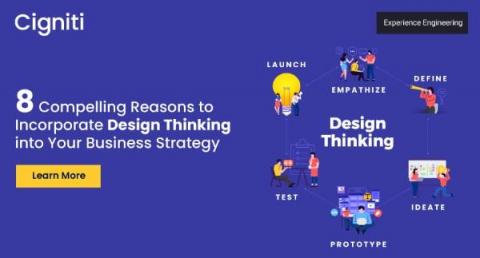Systems | Development | Analytics | API | Testing
%term
Explore What's New - Episode 5
What Are The Reasons Behind Flakiness in Tests? | Cristiano Cunha | #flakytest #softwaretesting
8 Compelling Reasons to Incorporate Design Thinking into Your Business Strategy
Design thinking gained importance and popularity over the years due to several factors and shifts in the business landscape. As markets became more competitive and saturated, businesses recognized the need to differentiate themselves by offering products and services that truly address customer needs. Design thinking’s emphasis on understanding and empathizing with users provided a robust framework for creating customer-centric solutions.
17 Best Free Retail Datasets for Machine Learning
Data Integration & AI: Prepping Your Data for Machine Learning
Understanding the Differences Between Test Orchestration vs. Test Automation
Unleashing the Potential of Generative AI in Marketing and Sales
Marketing and sales is undergoing a profound transformation as generative AI (gen AI) paves the way for advancements and innovation. With gen AI, businesses are rethinking their approaches to customer experience, productivity, revenue, and growth in both the B2B and the B2C domains.
The Complete Guide to Engineering an Unlovable Product
Do you aspire to create a product that's universally hated? Are you aiming to evoke feelings of exasperation, frustration, and downright dislike among your users? If you've been losing sleep, wondering how to really irk your user base, then this is the guide for you! In this rather unconventional manual, we’re going to flip the script and steer away from the age-old adage of 'the customer is always right'.
AI vs. Generative AI: What's the Difference?
Google the topic of artificial intelligence, and you’re likely to be taken down a deep, winding rabbit hole. If you venture only a little under the surface, you will encounter fantastical terms like perceptron, sigmoid neuron, and nonlinearly separable classifications. To save you from falling into that hole, this article will give a short, clear explanation of AI vs. generative AI.











